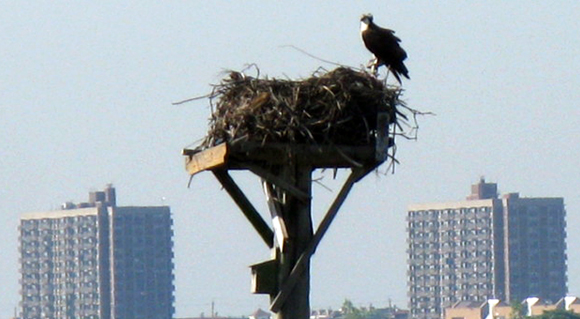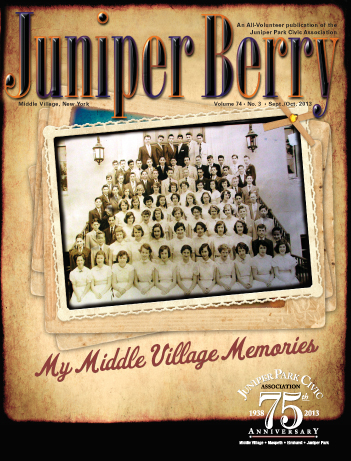The Jamaica Bay Wildlife Refuge is home to many species of birds, fish, animals, insects and reptiles. One of those that have been coming to this area for thousands of years is the Diamondback Terrapin. The species live along the coast in brackish (mixture of fresh and salt water) from Cape Cod to Florida to the Texas Gulf Coast. They have grayish skin with spots and the shell has a lined pattern that gives it its name, Diamondback. They have strong webbed feet adapted for swimming and they also have no trouble walking on land, which they do only to lay their eggs. Favorite foods are snails, clams, fish and worms. They can live for 40 years or more.
Diamondbacks were a favorite food of the Native people living in this area and they soon became a favorite of the European settlers as well and they could be found on the menus of many expensive restaurants in NYC. By the early 1900’s they were near extinction from trapping and also the water quality of Jamaica Bay had deteriorated from all the industry along the bay to the dumping of raw sewage that by 1921 shell fishing of oysters and clams were banned for health reasons.
Over the years the shoreline has been altered greatly with the building of Floyd Bennett Airport and JFK Airport and much of the wetlands filled in to build roads, homes and businesses. Scientists are concerned with the rising sea levels and the loss of habitat for many species and how this will affect people who live near the shore. They have been trying to recreate some of the many grassy marshland islands that used to dot the bay and are trying to reduce the amount of nitrogen discharges from the four sewage plants that empty millions of gallons of water into the bay each day. Nitrogen causes algae to grow and removes oxygen from the water, which kills life in the water.
Today there are thousands of Diamondbacks living in Jamaica Bay waters but their numbers are declining and this has gotten Russell Burke who is Professor of Biology at Hofstra University interested in finding out why. For the last few summers he has been working on studying the turtle’s habits and has been looking for volunteers to help him. Last year I had the opportunity to work with him and his volunteers which are made up of high school and college students that are studying biology and retired seniors like myself that want to do something interesting and beneficial for future generations.
Work really gets going by June and July when the female turtles come ashore to lay their eggs, sometimes two or three times a season. They come ashore with the high tide and march up the shoreline and look for a place to lay her eggs. They dig a hole with their back legs about 4”-8” deep and lay about 4-18 eggs and then cover the nest and head back to the water. Professor Burke and his crew grab the turtles and take notes. Each one is scanned for a microchip that is used to identify it or if there is no chip one is inserted. They are also measured and noted where they were found then released. After the turtle leaves her nest a fence is built around it to protect the eggs from predators like raccoons that eat about 90 percent or more of the eggs. Some of the eggs as well as hatchlings are taken back to the lab at Hofstra to be examined to learn the health of the species. From the moment the turtles hatch they face many dangers, from being eaten by raccoons, birds and crabs to being hit by boats and being caught in nets and crab traps where they can drown. Many turtles are killed crossing roads and even the runways of JFK have so many they must be removed for safety.
So you can see turtles as well as other species need all the help we can give them. We all know it’s not easy sometimes living in NYC.
The refuge offers many educational programs, nature walks, bird watching, kayaking and boat tours of the bay. Recently I met longtime Juniper Civic member Dieter Kippler who has been volunteering at the visitor center for ten years and makes birdhouses and cleans up the shoreline and especially likes the many foreign tourists that come to the refuge and says they can’t believe that there is so much natural diversity in NYC.
If you would like to spend a day volunteering in the great wide open spaces among the natural wonders of NYC and meet other nature lovers come to Jamaica Bay Wildlife Refuge.
Professor Burke – jbterp2012@gmail.com
American Littoral Society – 718 3189344
Jamaica Bay Refuge – 718 3184340
rpolgar@earthlink.net




